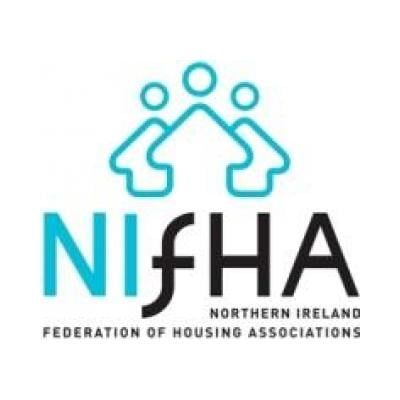Innovative housing provision can encourage city living and help make Belfast a ‘living city’
Blog by Jennie Donald, contributor to the Translating Housing: Berlin-Belfast project and Deputy Chief Executive of the Northern Ireland Federation of Housing Associations
There are as many different examples of how cities are developed and evolve as there are cities, with no ‘one size fits all’ model for what makes a successful city. However, if you chose a comparative that shares some of the same context, culture and challenges it is possible to learn lessons that can influence the shape of urban development in your own city.
That is the thinking behind Translating Housing: Berlin-Belfast, a report launched in the last fortnight which looks at precedents and proposals for innovative housing provision in Belfast. The report has its origins in a study trip to Berlin in October 2012, when a group of Belfast City councillors, policy makers and community development and housing practitioners set off on a study trip to Berlin to explore what makes a socially integrated city. What became clear to many of us on that trip was that housing can be a catalyst for a smart, sustainable, living city and we returned wanting to build on the conversations we had and places we visited. This led to a small group coming together to produce some practice-based research in partnership with students from the Belfast School of Architecture that developed the ideas and models we saw in Berlin, but relating them to the Belfast context.
So what did we see that inspired us to consider how Belfast could learn from Berlin? Critical reconstruction, the way in which the city’s past is built into the contemporary urban environment, certainly resonated. So too did the overwhelming amount of green space in Berlin, from tree lined avenues to parks and courtyards with play areas in much of the housing complexes. Although Belfast is four times less dense than Berlin, using the comparative study areas as a measure, Berlin has twice as much green space. Urban renewal policy in Berlin has focused on the city centre as a place to live and mixed-use development is far more common, with people living, working, shopping and socialising in the same spaces and neighbourhoods. Private-led initiatives with groups of people coming together to design the homes they want have also contributed to the individual and customised nature of housing in Berlin. Shared guest apartments, roof terraces and outdoor space maximise the potential of city centre housing, with collective and cooperative living a feature that recurred in many of the projects we visited.
Berlin is not a perfect city. And Belfast has many interesting spaces and models of its own that can be further developed. However, as our report hopefully demonstrates, there is much that we can learn from the conception, construction and design of housing in Berlin to support the ongoing growth and success of Belfast as a ‘living city’.


